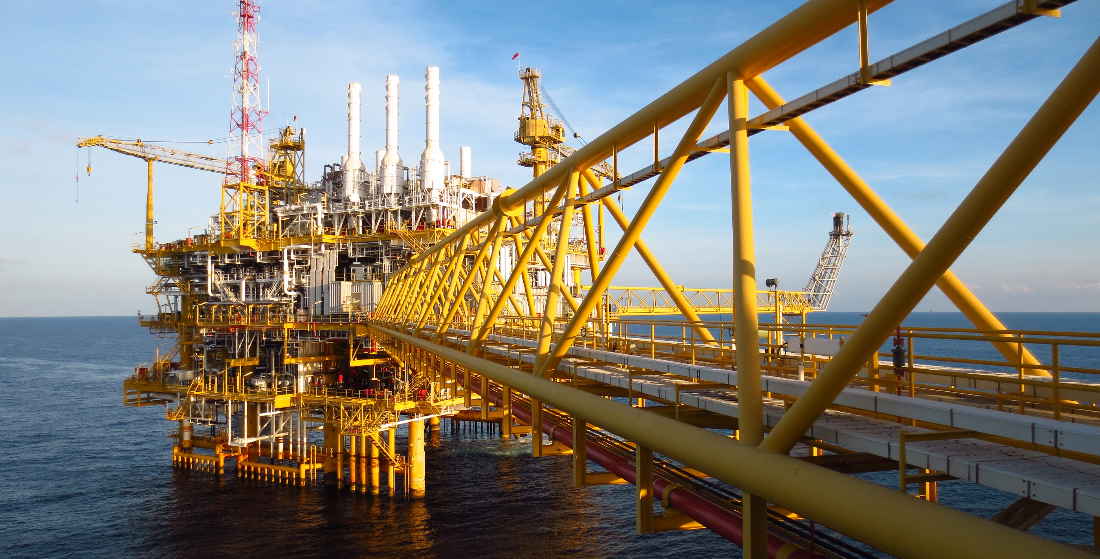Already exporting LNG, Mozambique and Angola are on track to become major global supplies as new projects bolster output
 From Our Correspondent
From Our Correspondent
PARIS, France – Following the completion of major offshore gas projects, Mozambique will become the fourth largest LNG producer worldwide, with more than 30 million tons brought to market.
The country’s inaugural FLNG facility started production in 2022, with the country recording a 6% growth in its GDP the following year. Similarly, Angola – through the Angola LNG project – witnessed a 14% year-on-year growth in LNG exports in 2023.
A CLG-sponsored panel discussion during the second annual Invest in African Energy Forum – organized by Energy Capital & Power -in Paris unpacked the role LNG has played in these markets, with speakers exploring strategies for gas monetization in emerging markets.
As one of Africa’s newest LNG exporters, Mozambique has rapidly emerged as a highly attractive offshore gas market. The Eni-led Coral Sul FLNG project delivered its first cargo in 2022, setting the stage for the country to become a major player in the global gas market.
“Mozambique has huge potential when it comes to natural resources, and when it comes to gas, this potential is even higher. We operate Coral in Mozambique and it is a clear example of the role of gas. Coral was the first FLNG in ultra-deepwater worldwide. The impact of this project for the country is huge. In 2023, the GDP of the country increased by 6% – half of this growth was related to the sale of gas from Coral,” stated Marica Calebrese, Managing Director, Eni Rovuma Basin.
In addition to the Coral South project, Eni hopes to make FID for the Rovuma LNG project this year. The project monetizes gas from three fields in the Mamba complex in the first phase, with the development of two onshore liquefaction trains enabling the export of LNG.
Meanwhile, Angola plans to utilize gas to supply 25% of its energy needs by 2025, with developments in associated gas production and LNG serving as a catalyst for achieving this goal. Players across the market are implementing strategies to reduce flaring and bolster LNG production. Specifically, Afentra is developing a zero-flaring approach at its recently acquired Block 3/05 in Angola.
According to Ian Cloke, COO of Afentra, “There is a pipeline 5km north of the asset, which goes from the deepwater fields straight to Angola LNG. One of the plans going forward is to gather the gas, compress it and then pump it 5km to the LNG import line. Then you have a way to take an asset that has been flaring a lot and take it to zero flaring.”
For Angolan service providers, the expansion of Angola’s natural gas market means new opportunities for companies regarding contracts, participation and growth. Platforms such as the Association of Service Providers of the Angolan Oil & Gas Industry (AECIPA) facilitate participation by connecting companies to emerging projects across the value chain.
“To support gas monetization, we advocate for policies that would drive the main operators – be it service companies or project operators – to engage using gas and monetize it under the guidance of the Ministry. We also promote collaboration – both cross-country and internal. [Financing] is also a role the association plays, by promoting and bringing financing mechanisms into the country to support development,” stated Bráulio de Brito, Chairman of the Board of AECIPA.
Natural gas stands to support electrification and industrialization in Africa, if the right investment is directed towards domestic infrastructure. Ghana – with 1.7 trillion cubic feet of gas reserves – has a gas processing plant that produces 240,000 tons of LPG and 46,000 tons of condensate in about 15,000 tons of isopentane.
“The gas processing plant in Ghana produces isopentane, and companies are trying to turn that gas into electricity. The challenge faced is investment. Today, companies have the technology to make that happen but it falls down to investment,” stated David Pappoe Jr, CEO of Energas West Africa Limited.



